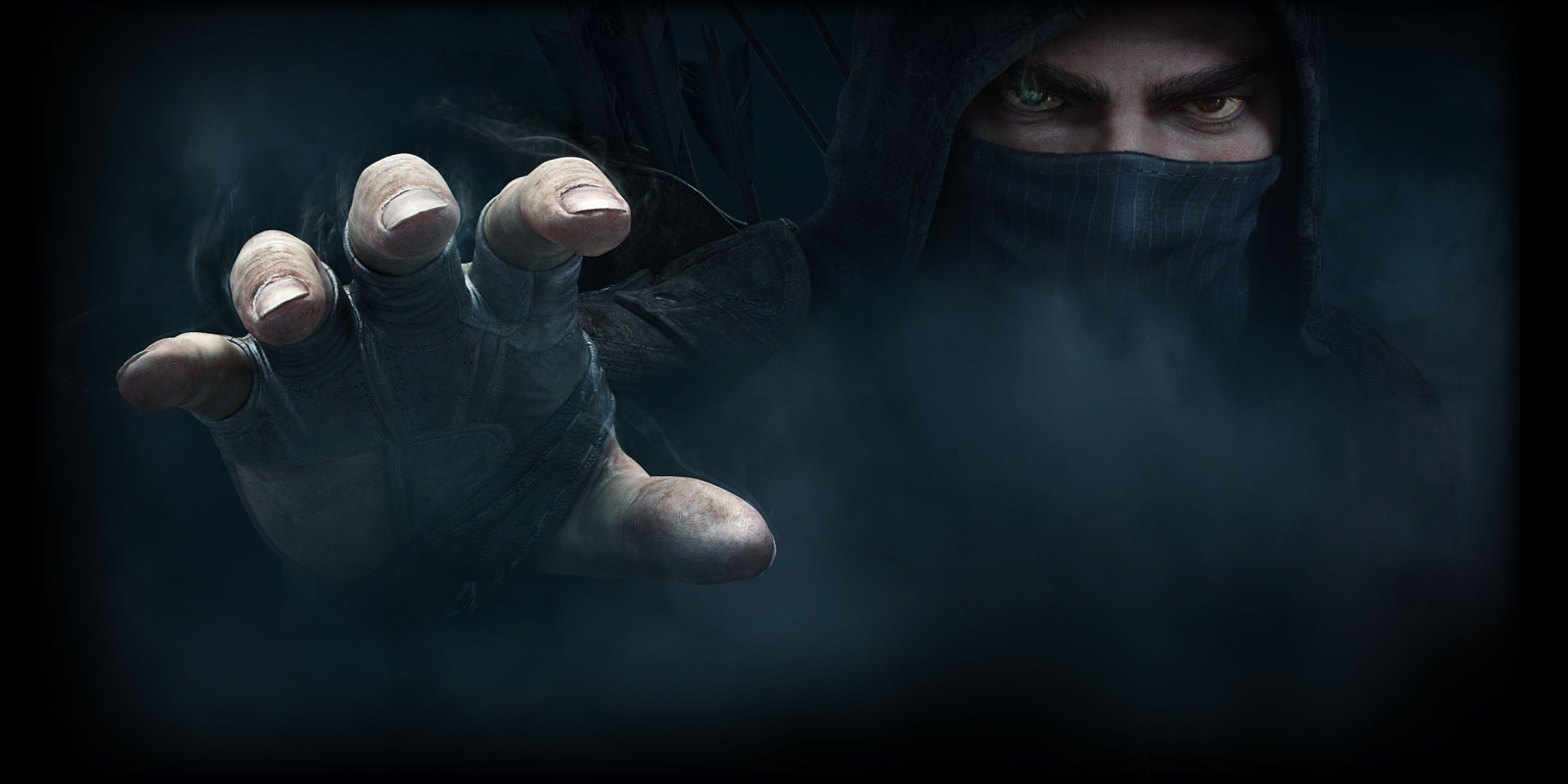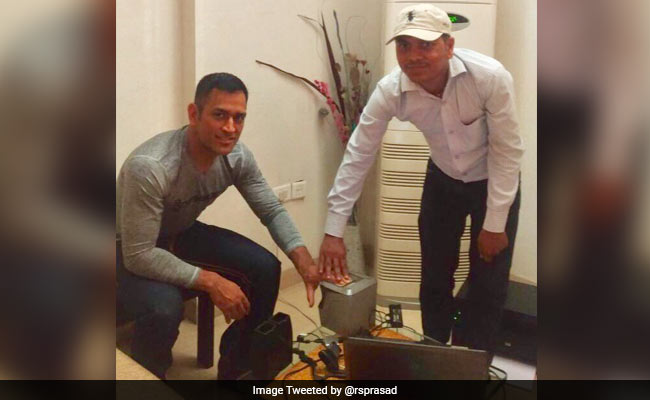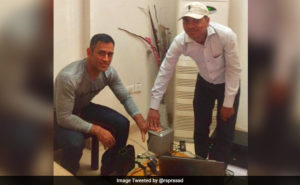No.
An Aadhaar number is unique. The uniqueness works two ways, as I explained in So, what is so unique about Aadhaar:
- I and only I have that artifact, and no one else – no two person has the same artifact (an artifact can be anything to identify me – a name, number, visual/barcode, etc).
- The artifact belongs to me and I have no other artifact – no person has more than one artifact.
One can apply/enroll multiple times – however, since the Aadhaar number is issued against the biometrics of the person (which is unique), only one Aadhaar number would be issued. Ever.
There are various scenarios why a person can apply multiple times:
- The person may have forgotten he had applied earlier.
- The person may have lost his earlier enrolment details, and goes to enroll again.
- No Aadhaar number has been issued against the enrolment as the enrolment got rejected due to:
- Enrolment data was not uploaded properly by the operator.
- Data quality was not proper. Maybe the biometrics capture quality was not sufficiently good.
- The paper documents given may have failed the quality check of the Aadhaar issuing authority (UIDAI).
- The enrolment may have been rejected for any unspecified reason by Aadhaar issuing authority.
- One may have nefarious motives, and may try to get multiple Aadhaar numbers to create multiple identities.
However, Aadhaar cannot be created like a Driving licence. One person, though, tried to do the same. In this story, a person enrolled twice for Aadhaar, the second time using fake documents. Since the Aadhaar software does not know which is a false document and which is a true document, it merely issues Aadhaar to the first instance that passes through it (and qualifies their internal quality check). By happenstance, Aadhaar got issued against his false documents (because the data of the second enrolment was uploaded and processed before the other enrolment data). So, here is a gentleman who is stuck with a false identity. Since, he has now to compulsorily connect his PAN card, his mobile connection, his bank accounts and everything else with his Aadhaar (and Govt. is pushing hard for it), he won’t be able to connect anything, as the Aadhaar has wrong details.
As soon as this case to the notice of UIDAI (which must have been during the quality check when the second enrolment data was scrutinized against another Aadhaar number that had already been issued), legal action was taken and an FIR was lodged. The man faces upto three years in jail.
The newspaper article claims that the the man is now stuck with his false Aadhaar number for life. That he would have to change his name and restart his life. This is incorrect. Now that UIDAI knows that an Aadhaar number has been issued wrongly, his Aadhaar number would be withdrawn. Upon re-enrolment, he would be issued a fresh Aadhaar number. However, he would have to face the consequences for forgery, and action under Indian Penal Code as well under the Aadhaar Act would be taken against him. For all we know, he would get his valid Aadhaar number in jail! (Aadhaar is available to everyone who are habitually resident in India, even foreigners and convicted prisoners, but not illegal immigrants).
However, children below five years of age can have two or more valid Aadhaar numbers.
How can children get two or more Aadhaar numbers?
 If you are reading this, chances are you are an adult. In which case your Aadhaar enrollment process is very different from that of a child below five years of age. Children of this age group (and there is no lower age limit – a baby can be enrolled as soon as it is born) are enrolled through a much shorter process. The following are the salient features of this process:
If you are reading this, chances are you are an adult. In which case your Aadhaar enrollment process is very different from that of a child below five years of age. Children of this age group (and there is no lower age limit – a baby can be enrolled as soon as it is born) are enrolled through a much shorter process. The following are the salient features of this process:
- Enrolment is online, and data is uploaded on real-time basis. Enrolment cannot take place if there is no internet. Adult enrolments happen on offline device.
- Enrolment is done with a tab and a fingerprint scanner. Total device cost is below Rs. 10,000. Being small in size and weight, they can be moved about more easily.
- During enrolment, only the photo of the child is taken. Fingerprints and iris scans are not taken. There is no detailed application process. Consequently, enrolment time is about 5-7 minutes, as against adult enrolment time of 20-30 minutes.
However, the real difference is the Aadhaar issuing process. In the case of an adult, fingerprint and iris scans are taken, and are tied to the person/number. If he tries to enroll multiple times (like in the case above), the server would check the new biometrics against the old ones (technically called de-duplication), and refuse a new number as one has already been issued. As I said earlier, Aadhaar number is truly unique – and it works both ways.
In the case of children below five years, no biometrics are taken. The child is tagged/mapped against the Aadhaar number of either its mother or father (in other words, the father or mother must have a valid Aadhaar number before a child below five years can be enroled, and he or she must be present during the child’s enrolment). Further, giving a name of the child during the enrolment is also not mandatory (imagine this – a baby of two days can be enrolled on Aadhaar, but he may not have a name yet). Thus, the same child can be enrolled – either by mistake or by mischievous design – more than once. The poor Aadhaar server would merely think that two separate children of the parent has been enroled. Further, if mother goes for enrolment once and the father in the next, Aadhaar server would merely think they are two separate babies (Aadhaar server does not know that the mother and father are related, or that they are wife and husband). In other words, since no biometrics are taken, no de-duplication is done while issuing Aadhaar number to a child below five.
This is so by design. Small children do not have fully formed biometrics, and they can change fast. The logistics of taking the biometrics and then updating them is huge – remember, we are a big country and there are many children here.
So, don’t be alarmed if there are two or more Aadhaar numbers for a child below five years. As soon as the child turns five, he shall have to update his Aadhaar number and give his biometrics. Now, he can have only one number – thus, after five years of age, one of his Aadhaar numbers would become infructuous.
Did you know?
A child below five having an Aadhaar would have to update his Aadhaar biometric details twice – once when he turns five, and again when he turns fifteen. As per present rules, no biometric detail needs updating if an update/enrolment has been done after fifteen years of age.
But don’t bank on this rule for staying put long. I am sure UIDAI is going to come up updation rules in a while…




 When we have less number of people, we can remember people from their names and faces. We still do, like inside our home. We may know the names and faces of a few more, outside our homes. But then humans have a way of increasing their numbers, and we have too many of them now. Today (2017), the estimated population of India is around 134 crores (1340 million).
When we have less number of people, we can remember people from their names and faces. We still do, like inside our home. We may know the names and faces of a few more, outside our homes. But then humans have a way of increasing their numbers, and we have too many of them now. Today (2017), the estimated population of India is around 134 crores (1340 million).